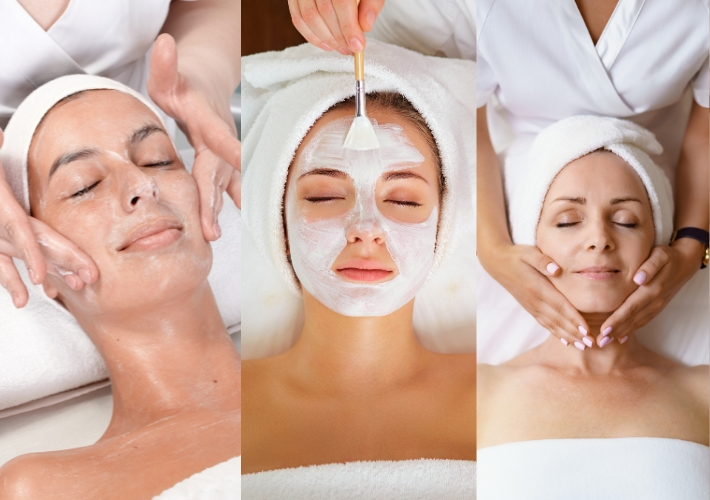
In the quest for eternal youth, many people turn to facials as a way to keep their skin looking fresh and rejuvenated. But how old should you actually be to start getting facials? Is there an ideal age to begin this skincare regimen?
The truth is, there is no one-size-fits-all answer to this question. The age at which you should begin getting facials largely depends on your individual skin concerns and goals. While some experts recommend starting as early as your teens to prevent acne and establish a good skincare routine, others suggest waiting until your twenties or thirties when signs of aging become more noticeable.
The key is to consult with a skincare professional who can assess your skin type, concerns, and goals to determine the appropriate time for you to start getting facials. They can customize treatments to target your specific needs, whether it be acne, fine lines and wrinkles, or uneven skin tone.
Ultimately, the secret to ageless beauty lies in understanding and addressing your skin’s unique needs, rather than adhering to a specific age requirement.
The Importance of Skincare at any Age
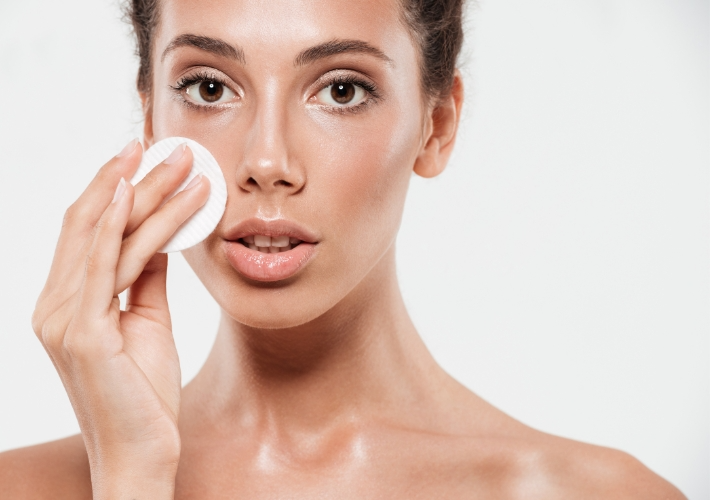
Maintaining healthy, glowing skin is not just a concern for the young. Proper skincare is essential at every stage of life, from adolescence to old age. As we grow older, our skin undergoes various changes, and it becomes increasingly important to adapt our skincare routines accordingly.
Whether you’re in your teens, twenties, thirties, or beyond, investing in your skin is an investment in your overall well-being and confidence. Neglecting your skin can lead to a host of issues, such as premature aging, sun damage, and even skin cancer. By incorporating a consistent skincare regimen, you can not only address current concerns but also prevent future problems.
Regardless of your age, it’s crucial to understand your skin type, identify your specific needs, and tailor your skincare approach accordingly. This may involve incorporating targeted treatments, adjusting product formulations, and seeking professional guidance from dermatologists or estheticians. By taking a proactive and personalized approach to skincare, you can maintain a youthful, radiant complexion that reflects your inner vitality.
Regardless of your age, it’s important to understand your skin type and the duration of a facial session to ensure optimal results.
Factors to Consider Before Getting a Facial
Before diving into the world of facials, it’s essential to consider several factors that can impact the effectiveness and suitability of these treatments for your skin. These factors include your age, skin type, existing skin concerns, and personal preferences.
Your age plays a significant role in determining the type of facial that would be most beneficial. Younger skin may require different treatments than mature or aging skin, as the needs and concerns can vary greatly. For instance, a teenager dealing with acne-prone skin may benefit more from a deep-cleansing or clarifying facial, while an older individual might focus on addressing fine lines, wrinkles, and loss of elasticity.
Your skin type is another crucial factor to consider. Whether you have dry, oily, combination, or sensitive skin, the facial treatments you choose should be tailored to address your specific concerns and maintain the skin’s natural balance. Consulting with a skincare professional can help you identify your skin type and select the most suitable facial options.
Before diving into the world of facials, consider whether you might be getting Botox after a facial and plan your treatments accordingly.
Additionally, it’s important to consider any existing skin concerns you may have, such as hyperpigmentation, rosacea, or sun damage. These conditions may require specialized treatments or a more targeted approach to achieve the desired results. Communicating openly with your esthetician about your skin concerns can help them customize the facial to meet your needs.
Different Types of Facials for Different Age Groups
Facial Treatments for Younger Skin (under 25)
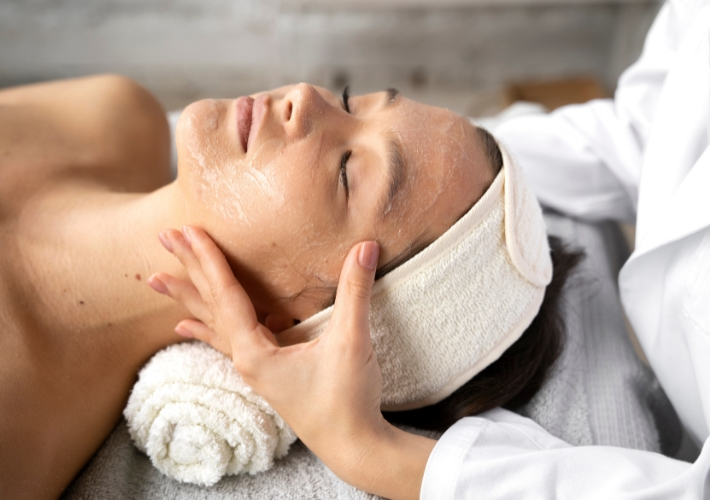
For individuals under the age of 25, facials can play a crucial role in addressing common skin concerns and establishing a solid foundation for long-term skin health. These targeted treatments often focus on regulating oil production, minimizing breakouts, and improving overall skin clarity and radiance.
One popular facial option for younger skin is the deep-cleansing facial. This treatment typically incorporates a thorough cleansing process, including steam, extractions, and the use of specialized tools to remove impurities and unclog pores. By addressing the root causes of acne and blemishes, deep-cleansing facials can help to prevent future breakouts and maintain a clear, even complexion.
Another effective facial for younger skin is the hydrating facial. This treatment aims to replenish the skin’s moisture levels, which can become depleted due to factors such as hormonal changes, environmental stressors, and improper cleansing. By infusing the skin with nourishing ingredients like hyaluronic acid, glycerin, and antioxidants, hydrating facials can help to plump, soothe, and protect the skin, leaving it feeling soft, supple, and radiant.
For individuals concerned with uneven skin tone or hyperpigmentation, a brightening facial may be the solution. These treatments often incorporate the use of gentle exfoliants, such as lactic acid or enzyme peels, to gently slough away dead skin cells and reveal a more even, luminous complexion. Additionally, the inclusion of brightening agents like vitamin C, niacinamide, and kojic acid can help to target and fade discoloration, leaving the skin looking more youthful and vibrant.
For individuals under 25, facial hydrating masks can be an excellent addition to your skincare routine, especially for dehydrated skin.
Regardless of the specific facial treatment, it’s essential for younger individuals to work with a skincare professional who can assess their unique skin type and concerns, and tailor the facial accordingly. By addressing these issues early on, younger individuals can establish a strong foundation for long-term skin health and maintain a glowing, youthful complexion well into the future.
Facial Treatments for Mature Skin (25-40)

As we transition into our mid-twenties and thirties, the focus of our facial treatments often shifts towards maintaining a youthful, radiant appearance and addressing the early signs of aging. During this stage of life, the skin begins to undergo more noticeable changes, such as the development of fine lines, wrinkles, and a loss of elasticity.
One popular facial treatment for mature skin is the anti-aging facial. These specialized treatments often incorporate advanced techniques and ingredients to target the visible signs of aging. This may include the use of retinol, peptides, and growth factors to stimulate collagen production and improve skin texture. Additionally, facial massage techniques and the application of specialized serums and masks can help to lift, firm, and plump the skin, minimizing the appearance of fine lines and wrinkles.
Another effective facial for mature skin is the resurfacing facial. These treatments typically involve the use of chemical exfoliants, such as alpha-hydroxy acids (AHAs) or beta-hydroxy acids (BHAs), to gently remove the top layer of dead skin cells. This process can help to reveal a more youthful, radiant complexion by improving skin tone, texture, and overall clarity. Resurfacing facials can also help to address concerns like uneven pigmentation, age spots, and acne scars.
Incorporating skincare anti-aging tips can enhance the effectiveness of facials for individuals in their mid-twenties to forties.
For individuals looking to maintain a healthy, glowing complexion, a brightening facial may be the perfect solution. These treatments often incorporate the use of vitamin C, niacinamide, and other potent antioxidants to help brighten and even out the skin tone. By addressing concerns like dullness, discoloration, and uneven texture, brightening facials can help to restore a more radiant, youthful appearance.
Regardless of the specific facial treatment, it’s essential for individuals in their mid-twenties to forties to work closely with a skincare professional who can assess their unique skin needs and tailor the facial accordingly. By addressing the early signs of aging proactively, individuals can maintain a healthy, glowing complexion and delay the more pronounced effects of time on their skin.
Facial Treatments for Aging Skin (40+)
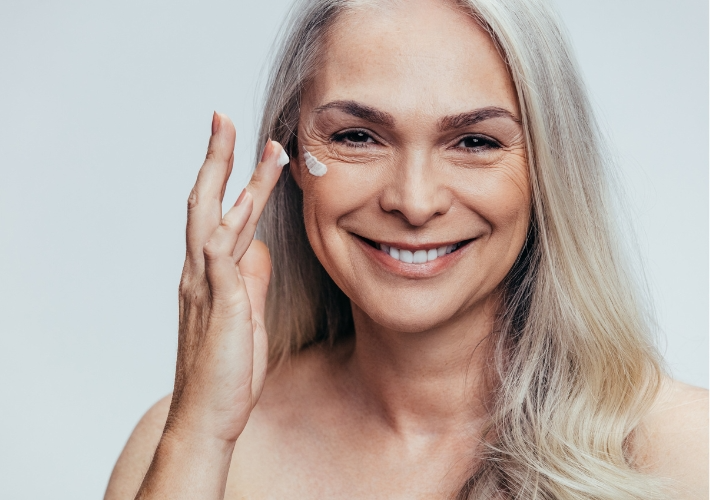
As we enter our forties and beyond, the skin undergoes more significant changes, and the focus of facial treatments often shifts towards addressing the more pronounced signs of aging. These treatments aim to target concerns such as deep wrinkles, sagging skin, and age-related discoloration, helping to restore a more youthful, rejuvenated appearance.
One popular facial treatment for aging skin is the lifting and firming facial. These specialized treatments often incorporate advanced technologies, such as radiofrequency or ultrasound, to stimulate collagen production and tighten the skin. By targeting the underlying structures of the skin, these facials can help to lift and contour the face, minimizing the appearance of sagging and jowls. Additionally, the inclusion of potent ingredients like retinol, peptides, and growth factors can help to plump and smooth the skin, reducing the visibility of deep wrinkles.
Another effective facial for aging skin is the hydrating and nourishing facial. As we grow older, the skin’s ability to retain moisture can diminish, leading to a dry, dull, and crepey appearance. These facials are designed to replenish the skin’s moisture levels, using ingredients like hyaluronic acid, ceramides, and plant-based oils to deeply hydrate and nourish the complexion. By restoring the skin’s natural balance, hydrating facials can help to improve skin elasticity, minimize the appearance of fine lines, and impart a more youthful, radiant glow.
For individuals concerned with age-related discoloration, such as sun spots or uneven pigmentation, a brightening and resurfacing facial may be the solution. These treatments often incorporate the use of chemical exfoliants, like alpha-hydroxy acids (AHAs) or retinol, to gently slough away the top layer of dead skin cells. This process can help to reveal a more even, luminous complexion by targeting and fading areas of discoloration. Additionally, the inclusion of potent brightening agents, such as vitamin C, niacinamide, and kojic acid, can further enhance the skin’s radiance and clarity.
Regardless of the specific facial treatment, it’s essential for individuals aged 40 and above to work closely with a skincare professional who can assess their unique skin needs and develop a customized plan to address the more pronounced signs of aging. By incorporating these targeted treatments into their skincare routine, individuals can reclaim a more youthful, rejuvenated appearance and maintain a healthy, radiant complexion well into their golden years.
Precautions and Considerations for Older Individuals
As we age, our skin undergoes significant changes, and it’s crucial to approach skincare and facial treatments with a heightened level of care and consideration. Older individuals may face unique challenges, such as increased sensitivity, thinning skin, and the presence of underlying medical conditions, all of which can impact the suitability and effectiveness of certain facial treatments.
One important factor to consider is the potential for increased sensitivity in older skin. As we age, the skin’s natural barrier function can become compromised, leading to a higher risk of irritation and inflammation. When selecting facial treatments for older individuals, it’s essential to choose gentle, non-irritating formulations that avoid harsh chemicals or abrasive ingredients. This may involve opting for more nourishing, hydrating facials that focus on replenishing the skin’s moisture levels rather than aggressive exfoliation.
Another crucial consideration is the thinning of the skin that occurs with age. As we grow older, the skin’s collagen and elastin production decreases, leading to a loss of firmness and elasticity. This can make the skin more fragile and susceptible to damage during certain facial treatments. When working with older clients, estheticians must exercise caution and select techniques that are gentle and non-invasive, such as light massage, low-intensity microcurrent, or specialized facial massage techniques.
Underlying medical conditions can also play a significant role in the suitability of facial treatments for older individuals. Conditions like rosacea, eczema, or autoimmune disorders may require specialized care and the avoidance of certain ingredients or techniques that could exacerbate the existing skin concerns. It’s essential for older individuals to consult with their healthcare providers and skincare professionals to ensure that any facial treatments they receive are safe and appropriate for their unique health and skin needs.
By taking a cautious and personalized approach to facial treatments for older individuals, skincare professionals can help to address the specific concerns of aging skin while minimizing the risk of adverse reactions or complications. Through open communication, customized treatment plans, and a focus on gentle, nourishing techniques, older clients can achieve a more youthful, radiant complexion without compromising their skin’s health and well-being.
To get the most out of your appointment, learn how to get ready for a facial treatment before visiting your esthetician.
Professional Opinions and Recommendations
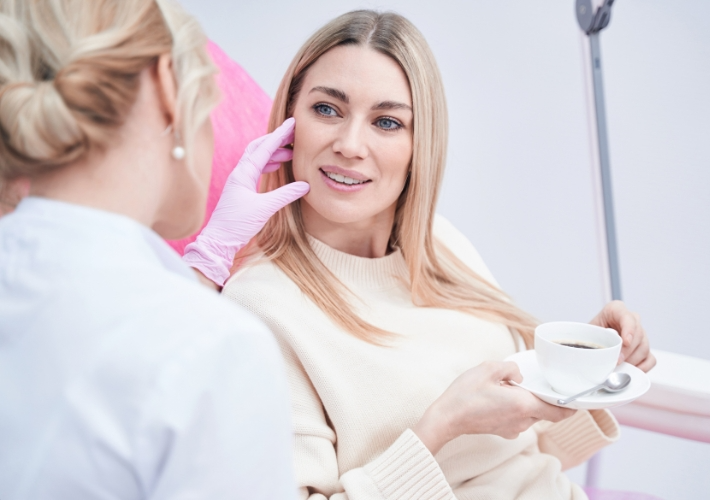
When it comes to the ideal age to start getting facials, skincare professionals often have varying opinions and recommendations. While there is no one-size-fits-all answer, many experts agree that the key lies in understanding the unique needs and concerns of the individual, rather than adhering to a specific age requirement.
Dr. Sarah Villafranco, a board-certified dermatologist, suggests that individuals can start incorporating facials into their skincare routine as early as their late teens or early twenties. “Facials can be a great way for younger individuals to address common skin concerns like acne, uneven texture, and dullness,” she explains. “By establishing a consistent facial regimen at a young age, they can help prevent and manage these issues, setting the stage for long-term skin health.”
Esthetician Emily Ruff, on the other hand, believes that the ideal age to start getting facials may vary depending on the individual’s skin type and concerns. “For some people, waiting until their mid-to-late twenties or even thirties may be more appropriate, as their skin may not require the same level of attention as a teenager dealing with hormonal breakouts,” she notes. “The key is to work closely with a skincare professional who can assess your skin and recommend the most suitable facial treatments.”
Dermatologist Dr. Rachael Eckel emphasizes the importance of considering the individual’s skin goals and concerns when determining the appropriate age to start getting facials. “Whether you’re in your twenties, forties, or beyond, the goal should be to address your specific skin needs and maintain a healthy, radiant complexion,” she explains. “By working with a professional who can customize the facial treatments to your unique requirements, you can achieve the best possible results at any age.”
Ultimately, the consensus among skincare experts is that there is no universal age when one should start getting facials. The decision should be based on a thorough evaluation of the individual’s skin type, concerns, and goals, as well as their overall skin health and personal preferences. By taking a personalized approach and collaborating with a trusted skincare professional, individuals can unlock the secret to ageless beauty and maintain a youthful, radiant complexion throughout the various stages of life.
According to local estheticians, Arlington’s best facials to book online offer customized treatments suitable for all skin types and ages.
Conclusion: Embracing Beauty at any Age
In the pursuit of ageless beauty, the secret lies not in adhering to a specific age requirement for facials, but rather in understanding and addressing the unique needs of your skin at every stage of life. Whether you’re in your teens, twenties, thirties, or beyond, the key is to approach your skincare routine with a personalized and proactive mindset, tailoring your treatments to your individual concerns and goals.
By working closely with a trusted skincare professional, you can uncover the most suitable facial treatments to maintain a healthy, glowing complexion, regardless of your age. From deep-cleansing facials for younger skin to advanced anti-aging treatments for mature complexions, there is a wide array of options available to address a variety of skin concerns and help you achieve your desired results.
Ultimately, the secret to ageless beauty is not about chasing a forever-young appearance, but rather about embracing the natural evolution of your skin and taking a holistic approach to its care. By incorporating facials and other skincare practices into your routine, you can not only address current issues but also proactively prevent future problems, ensuring that your skin remains radiant and resilient throughout the various stages of life.
Remember, true beauty transcends age and is a reflection of your inner confidence, self-care, and overall well-being. By prioritizing the health and vitality of your skin, you can unlock a newfound sense of radiance and self-assurance that will shine through, no matter your age. So, embrace the journey of skincare and facials, and let your natural beauty shine through at every stage of your life.
